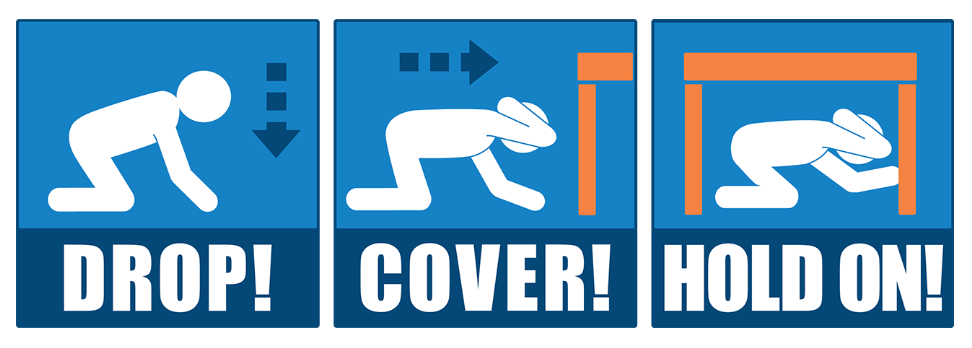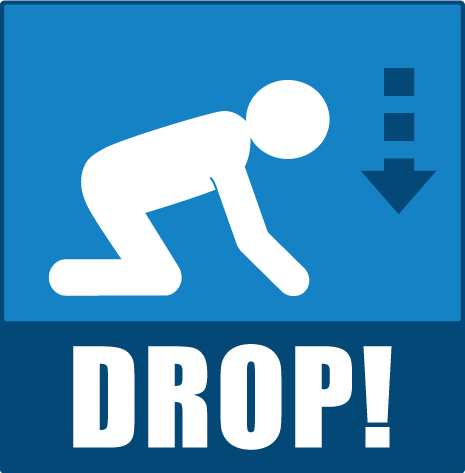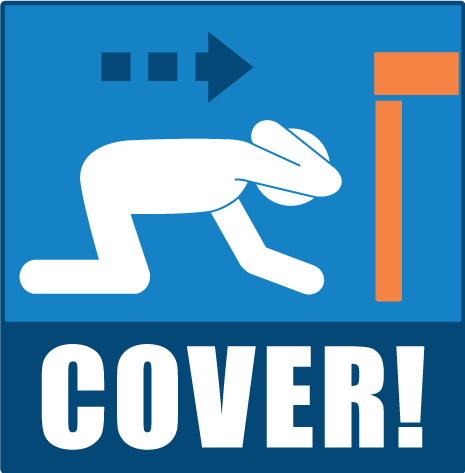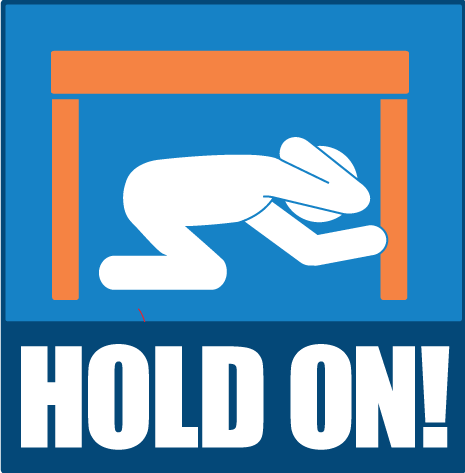
It’s crucial to be earthquake ready before an earthquake strikes.
Earthquake Emergency Procedures
During an Earthquake |
|||||||||||
If you are not near a desk or table, drop to the floor against the interior wall and protect your head and neck with your arms. Avoid exterior walls, windows, hanging objects, mirrors, tall furniture, large appliances, and cabinets with heavy objects or glass. Do not go outside until after the shaking has stopped!
Move to a clear area if you can safely do so; avoid power lines, trees, signs, buildings, vehicles, and other hazards. |
|||||||||||
After an Earthquake |
|||||||||||
|
|||||||||||
The Earthquake Country Alliance has worked with experts in earthquake science, preparedness, and mitigation to develop this step-by-step guide for staying safe before, during, and after an earthquake.
Before the next big earthquake we recommend these four steps that will make you, your family, or your workplace better prepared to survive and recover quickly:
| Step 1: Secure your space by identifying hazards and securing moveable items. |
|
| Step 2: Plan to be safe by creating a disaster plan and deciding how you will communicate in an emergency. |
|
| Step 3: Organize disaster supplies in convenient locations. |
|
| Step 4: Minimize financial hardship by organizing important documents, strengthening your property, and considering insurance. |
During the next big earthquake, and immediately after, is when your level of preparedness will make a difference in how you and others survive and can respond to emergencies:
| Step 5: Drop, Cover, and Hold On when the earth shakes. |
|
| Step 6: Improve safety after earthquakes by evacuating if necessary, helping the injured, and preventing further injuries or damage. |
After the immediate threat of the earthquake has passed, your level of preparedness will determine your quality of life in the weeks and months that follow:
| Step 7: Reconnect and Restore Restore daily life by reconnecting with others, repairing damage, and rebuilding community. |




